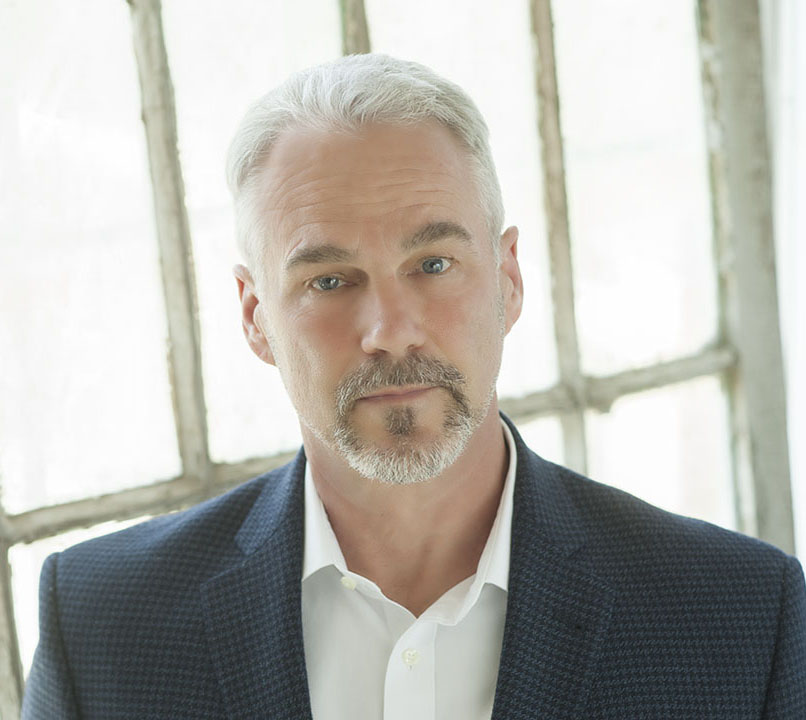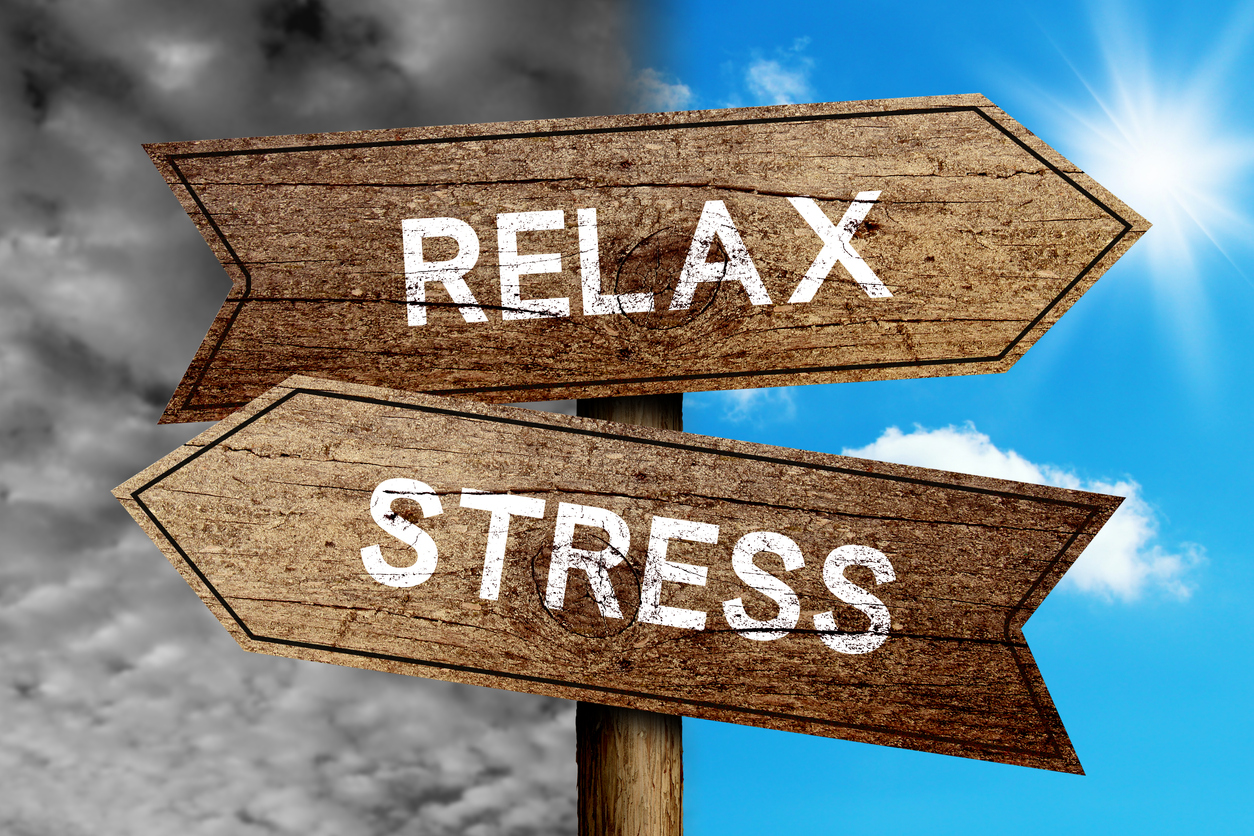There are a lot of time management techniques out there, and many time management gurus sharing their productivity tools for busy solopreneurs. I’ve introduced you to one of the best, Brian Tracy, recently.
Brian is the author of Eat That Frog!: 21 Great Ways to Stop Procrastinating and Get More Done in Less Time and many other best-selling business books. He is also one of the world’s most respected experts on time management and personal productivity.
One of his best strategies for increasing your productivity at work is what he calls “The Law of Single Handling.” Today, I’d like to share what this law is and how to incorporate it into your work routine so you can get the most out of your time.
Productivity Tips to Start Your Day
Before we get to single handling, let’s put it into context. Single handling is a strategy for how to best use your work time, but what you do before you start your day’s work is critical, as well.
Three of the most important steps you can take to prepare for a great workday are:
- Have a morning routine that sets you up for success. My morning routine includes some stretching or yoga, 25 minutes of mindfulness/gratitude, and reading through some of my main mindset documents (including my mission statement, the current month’s goals, and my affirmations) to get my mind right for the coming day. Your morning routine can be anything you like, but it’s important to establish a routine that works for you and prepares you mentally, physically, and spiritually for the day ahead.
- Set the day’s priorities. If you have written goals for your business (you should), you probably have “nested” goals documents that include longer-term goals (five year, annual, quarterly) and shorter-term goals (monthly, weekly, daily). It’s probably best to set the current day’s goals the afternoon or evening before; that way, you’ll be set to go the next morning. If you haven’t yet set your goals for the day, though, now’s the time to do so.
- Eat that frog! When you set your goals for the day, one of the best things you can do is to tackle the biggest, most important goal first. Brian Tracy calls this approach “eat that frog.” If you’d like more detail about why this practice is so important for your personal productivity and how to put it to work for you, read my previous post on the topic, “Eat That Frog!: Why We Procrastinate and What to Do About It.”
Taking the three action steps above at the beginning of each day will go a long way toward setting you up for success.
But that’s not enough. Sure, it’s a great start, but you still have to do the work you’ve prioritized. That’s where single handling comes in.
Single Handling: One of the Top Productivity Tools for Consultants
First of all, what is single handling? Just what it sounds like. Once you’ve chosen your biggest, most important task for the day (your “frog”) and start in on it, you continue to work on that task until it’s complete. You handle it once.
Brian Tracy states that “by concentrating single-mindedly on your most important task, you can reduce the time required to complete it by 50 percent or more.”
Why is this true? Well, some time back, I wrote a series of blog posts about how the human attentional systems work. To simplify and summarize, we have a “stimulus-driven attention system” that is always alerting us to any changes in our environment (sounds, movement, etc.) and a “focused attention system” that we use when we try to lock in on a task and stick to it. The two systems are in a constant battle.
Obviously, whenever we allow our stimulus-driving attention system to “win” and shift our attention away from the task we’re trying to focus on, we lose our train of thought. And then, when we reorient to our work, we have to ask ourselves, “Now, where was I?” and we have to get back into the flow of the work. All of this costs us time and makes the task take longer to complete.
In fact, according to Tracy, “It has been estimated that the tendency to start and stop a task—to pick it up, put it down, and come back to it—can increase the time necessary to complete the task by as much as 500 percent.” Clearly, this is the major benefit of single handling…
But it’s not the only one.
Benefits of Single Handling
There are actually many benefits to habitually taking on your biggest task to start your work day and then sticking with it until it’s completed. Here’s my list:
- As already noted, it guarantees that you use your time as effectively and efficiently as possible.
- It develops the habit of self-discipline. Elbert Hubbard defined self-discipline as “the ability to make yourself do what you should do, when you should do it, whether you feel like it or not.”
- It increases your self-esteem because, by consistently tackling your most important task of the day and persisting with that task till it’s done, you start to see yourself as someone who gets things done. You’ll like and respect yourself more (and deservedly so).
- It makes you feel more powerful and productive.
- It eliminates the bad habit of procrastination.
- It reduces anxiety because putting big tasks off only means that they weigh on your mind until you finally give in to the pressure and start work on them. But by starting your day with your biggest task (eating that frog) and working on it until it’s done (single handling), you never have that anxiety hanging over you.
Level Up: Maximizing Your Single Handling Effectiveness for Even Greater Productivity
Now, before I wrap up, I want to make something clear. Just because you’re using single handling, it doesn’t mean that you sit down, start on the task, and don’t get out of your chair until it’s done.
If the task is a short one, then sure, you could do it at one sitting. But most “frogs” are bigger than that and take an hour or two or five to complete. And if you try to stay glued to your chair for five hours, your energy and productivity are eventually going to take a nosedive.
I recently wrote about the pomodoro technique, where you work intensely for short bursts (typically 25 minutes) with short breaks in between these bursts called pomodoros (Italian for “tomato”). If you missed that post, check it out here:
“The Pomodoro Technique: Why Your Best Time Management Strategy Might Just Be a Tomato”
But whether you use the pomodoro technique or just take unscheduled, untimed breaks when you feel yourself flagging, you need to work in such a way that, when you do sit down to work, your focus is solid.
The key is that, while you’re working on your major task, whenever you take a break, you return to that task and repeat this process until it’s done. What you don’t want to do is shift tasks before your main task is complete, for all the reasons I’ve laid out here.
If you haven’t tried the pomodoro technique yet, I highly recommend using single handling combined with the pomodoro approach. There’s great synergy created by combining single-minded focus on a task with a workflow that keeps your energy high for as long as you need it to get the job done.
Resolve to try the single handling approach today. Take your single most important task and start your day with it. Then, challenge yourself to persevere without task switching until you have completed the task (with mini-pomodoro breaks, as needed). You’ll knock out that big task, you’ll feel great about yourself, and you’ll have the rest of your workday to devote to lesser tasks.
And if you DO take the challenge to give single handling a try, please leave a comment below to let us know how it went.





